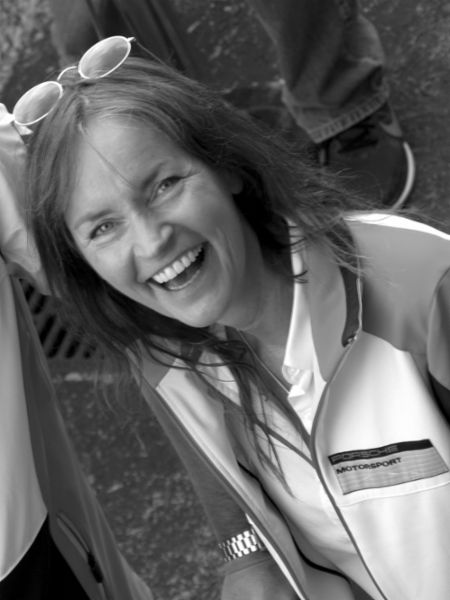ICON: Heartbeat
In Zuffenhausen, the Patek Philippe master clock set the pace for almost forty years.
A regular tick-tock, tick-tock—for decades, that marked the pulse at Porsche in the Zuffenhausen district of Stuttgart. The master clock sets the rhythm here. Nothing can work without it. It defines Porsche time. Detached from the real time outside the factory gates, the central chronometer synchronizes up to 400 secondary clocks. Together, they coordinate working life at the sports-car manufacturer. That applies to the gates as much as it does to the production halls. Wherever employees cannot wear wristwatches for security reasons, and wherever work is measured by the time-punch machines.
In fact, each individual work step is based on the timing of a central master clock—from the delivery of parts to the plant and the processes in body construction, painting, and assembly to engine construction and the “marriage,” as it is called when the chassis and powertrain are brought together. The clock also rounds off the whole process by marking the time when the keys are handed over to the new car’s owner. Binding, centralized timekeeping was one of the basic prerequisites for the introduction of leaner just-in-time production in 1992.
In the meantime, the former master clock, which was manufactured by Patek Philippe, has reached the end of its working life and is moving to the company archives as a new exhibit. It has an unblemished record: lost time? Not a chance! It has never missed even a minute.
The now retired model has an analogue movement powered by electricity. From its place at the telephone switchboard in Plant 2, Building 1, its heartbeat pulsed over miles of telephone wires through the entire Zuffenhausen site between 1976 and 2014.
The clock wasn’t retired due to inaccuracies; it remains as reliable as ever, but is no longer the standard-bearer. Porsche had been looking for younger timepieces for years. To begin with, they were only intended to support the Patek Philippe; later they were to replace it. The reason was that in the event of a power failure, the new master clock is able to reset itself and all secondary clocks automatically and accurate to the nearest second—something that its predecessor could not. The miles of wires are also a thing of the past. The modern clock’s heart beats digitally and coordinates the work of Zuffenhausen’s 14,000 Porsche employees via radio waves.





